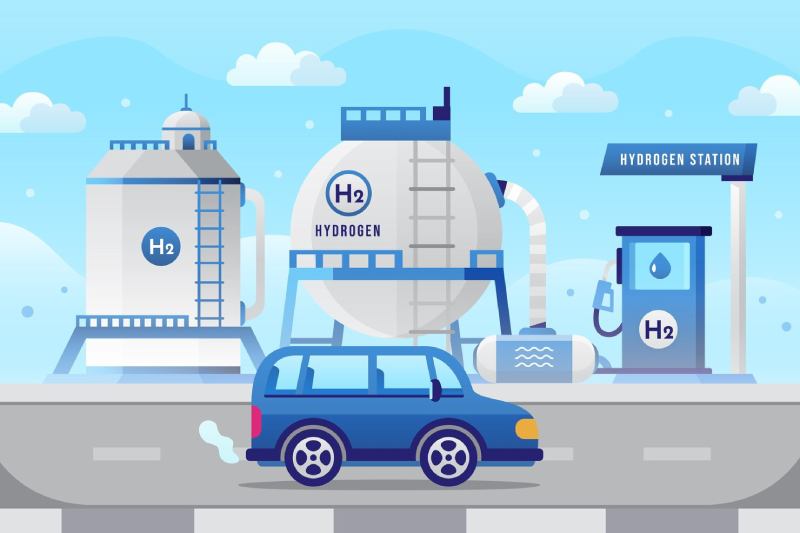The Philippines, an archipelagic nation in Southeast Asia, is making significant strides in transitioning to a sustainable energy future. As of 2023, renewable energy sources accounted for approximately 30 per cent of the country’s installed power capacity, contributing 22 per cent to the gross power generation. [1] The government’s commitment to clean energy is evident in its ambitious targets: increasing the renewable energy share to 35 per cent by 2030 and 50 per cent by 2040. [2]
In 2024 alone, the Philippines added 0. 7 GW of new renewable energy capacity, with a total of over 9 GW of renewable energy as of 2025. [3] This growth is supported by investor-friendly policies, including the Renewable Portfolio Standard (RPS), which mandates electricity suppliers to increase their renewable energy share annually, and the allowance of 100 per cent foreign ownership in renewable energy projects. [4]
The Philippines recognizes hydrogen as a pivotal component in achieving its decarbonization goals. The Department of Energy (DOE) has initiated efforts to integrate hydrogen into the country’s energy mix, focusing on its potential to decarbonize power generation and transportation sectors. [1]
In a groundbreaking development, natural hydrogen seepage was discovered in the Nagsasa field in Zambales Province. The DOE has identified two areas for hydrogen exploration: PDA-PH-1 in Zambales and PDA-PH-2 in Pangasinan, covering a combined area of over 230,000 hectares.
In 2023, the Philippine government developed the “Hydrogen and Fusion Energy Roadmap” to contribute to carbon neutrality and energy transition. This roadmap emphasizes the potential of hydrogen and ammonia as zero-emission fuels for energy applications. [1]
Further solidifying its commitment, the DOE issued Department Order No. DO2024-04-0004 in January 2024, defining green hydrogen as being produced through electrolysis powered by renewable energy, biogas reforming, or biochemical conversion of biomass. [2] The order provides incentives for hydrogen projects, including tax breaks, duty exemptions for equipment and materials, and tax credits on domestic capital equipment and services.

The Philippines boasts substantial renewable energy potential:
While the Philippines currently lacks a domestic manufacturing base for hydrogen technologies, the government’s strategic roadmap includes [1] :
Several significant projects are underway to harness the Philippines’ renewable energy potential: